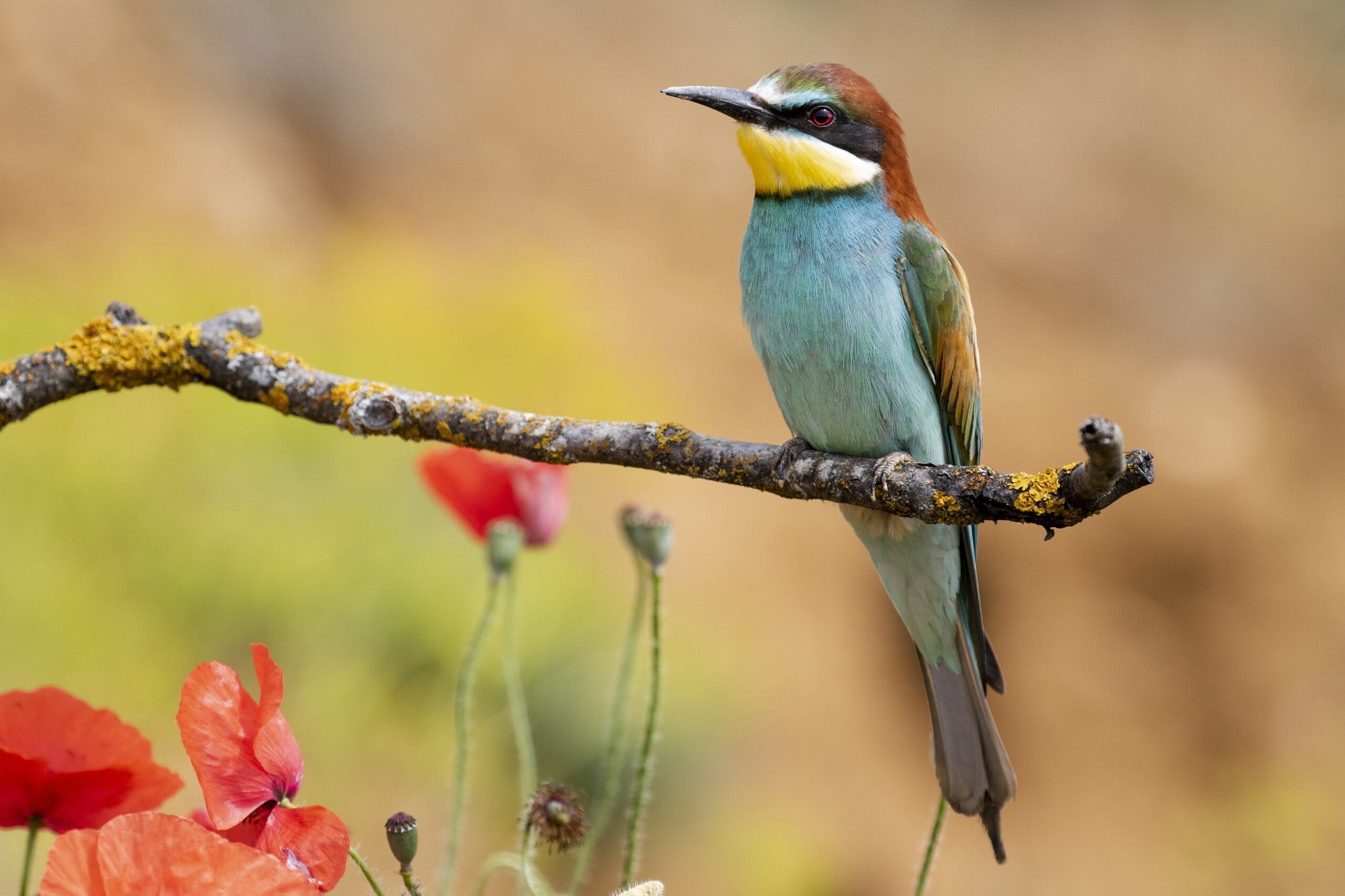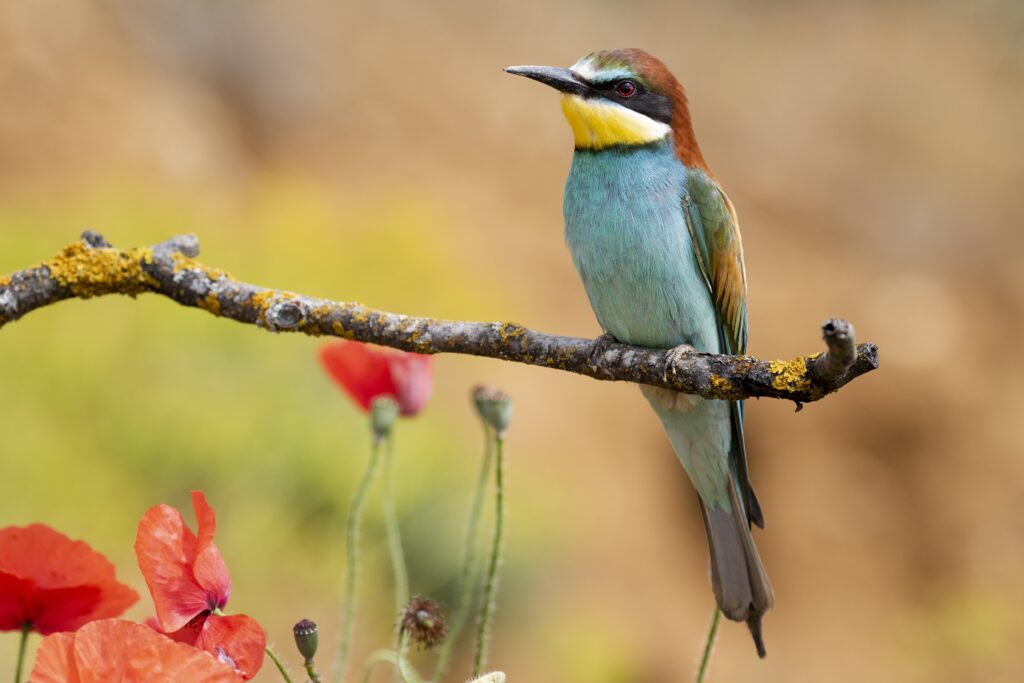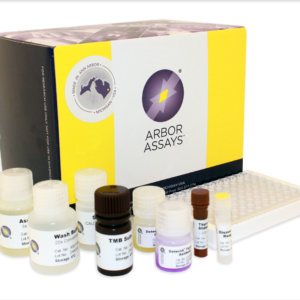
The Role of Thyroxine in Photo Stimulation

Changes in daylight length play a crucial role in species functions like migration, hibernation, and mating. These shifts influence an organism’s morphology and hormone levels, including thyroid hormones like thyroxine (T4) and triiodothyronine (T3). In birds, T3 and T4 regulate photoperiod responses, which are vital for normal migration and mating behaviors. Without proper photoperiod response, birds may miss these critical events.
Thyroxine (T4) and Photoperiod Response in Birds
A 2017 study by Mishra et al. explored the impact of long days on male redheaded buntings. Researchers assessed the link between hypothalamic gene expression, thyroid hormone levels, and morphological changes during both acute (2-day) and chronic (12-day) exposure to long daylight periods.
Acute Experiment: Short to Long Day Transition
In the acute experiment, buntings accustomed to short days (8h light, 16h dark) were exposed to two long day cycles (16h light, 8h dark). After two days, the researchers measured several parameters:
- Fat deposition
- Body mass
- Testes volume
- Plasma testosterone
- Plasma T3 and T4 levels
They also analyzed hypothalamic gene expression for several markers like eya3, tsh, dio2, dio3, and gnrh. Despite no physical changes, a significant rise in plasma T4 was observed, measured with Arbor Assays’ T4 EIA Kit.
Chronic Experiment: Long-Term Photoperiod Exposure
For the chronic experiment, three groups of buntings were studied:
- Birds kept on short days.
- Birds moved from short to long days for 12 days.
- Photorefactory birds, already on long days.
After 12 days, birds exposed to long days showed significant increases in body mass, testes size, and plasma T4 and testosterone levels. These changes were absent in the birds on short days and the photorefactory buntings.
Role of Thyroid Hormones in Reproduction
Mishra et al.‘s research suggests that rising T4 levels may indicate a shift from a non-reproductive to a reproductive state in birds as daylight increases. However, this T4 response seems species-specific. Understanding the hormonal and gene expression changes during this shift can help researchers better understand factors affecting breeding success.
Conclusion: Thyroxine (T4) as a Marker for Reproductive Shift
T4 and T3 play crucial roles in bird reproduction, migration, and metabolism. These thyroid hormones may serve as early indicators of reproductive readiness in response to changing daylight. Mishra’s study highlights the importance of monitoring thyroid hormone levels to understand species behavior and population dynamics better.
Studies like this one offer insight into how thyroid hormones, specifically T4, could provide early warnings for reproductive shifts, helping us protect vulnerable bird populations.
Featured Products
-
In Stock
Thyroxine (T4) ELISA Kit
$493.00 – $1,968.00The DetectX® Thyroxine (T4) ELISA Kits quantitatively measure T4 present in serum, EDTA plasma, tissue culture media samples and fecal extracts.
-
In Stock
Triiodothyronine (T3) ELISA Kit
$493.00 – $1,968.00Quantitatively measures T3 present in urine, extracted serum, plasma, fecal extracts, and tissue culture media samples. It measures total T3 in extracted serum, plasma and fecal extracts.


